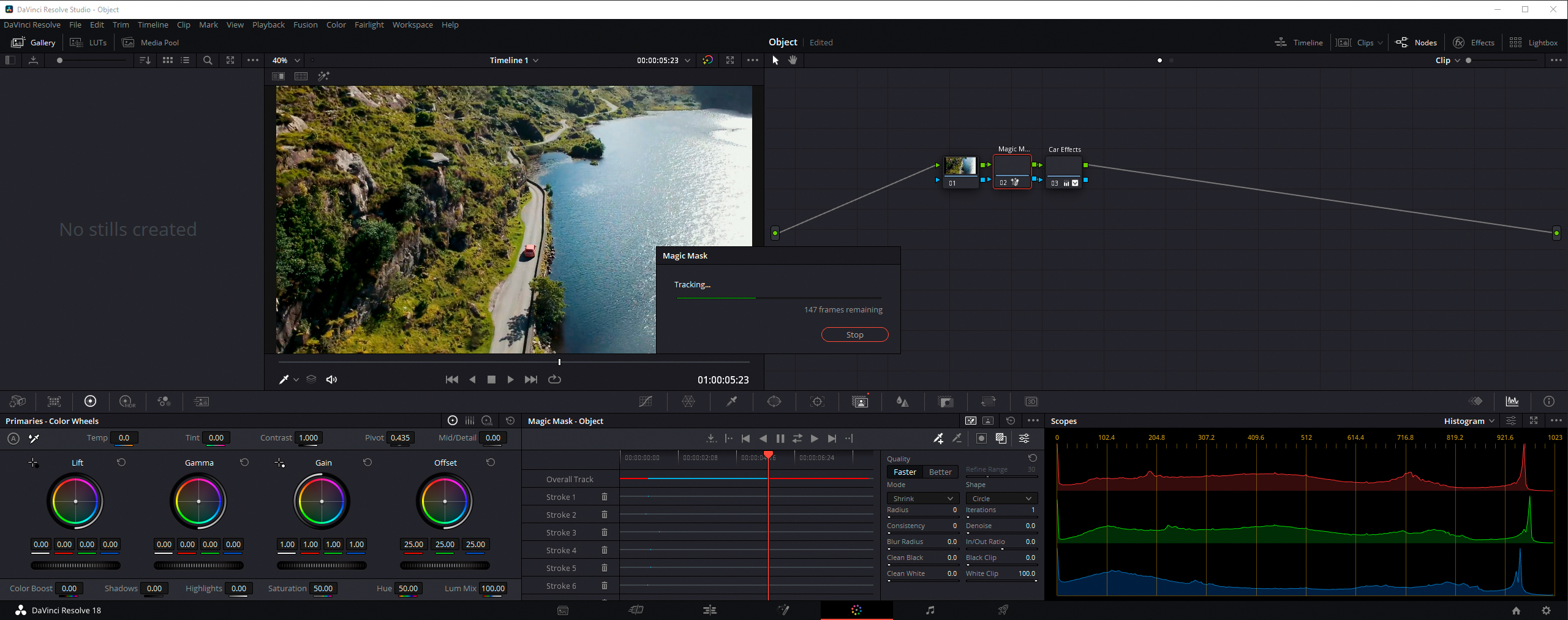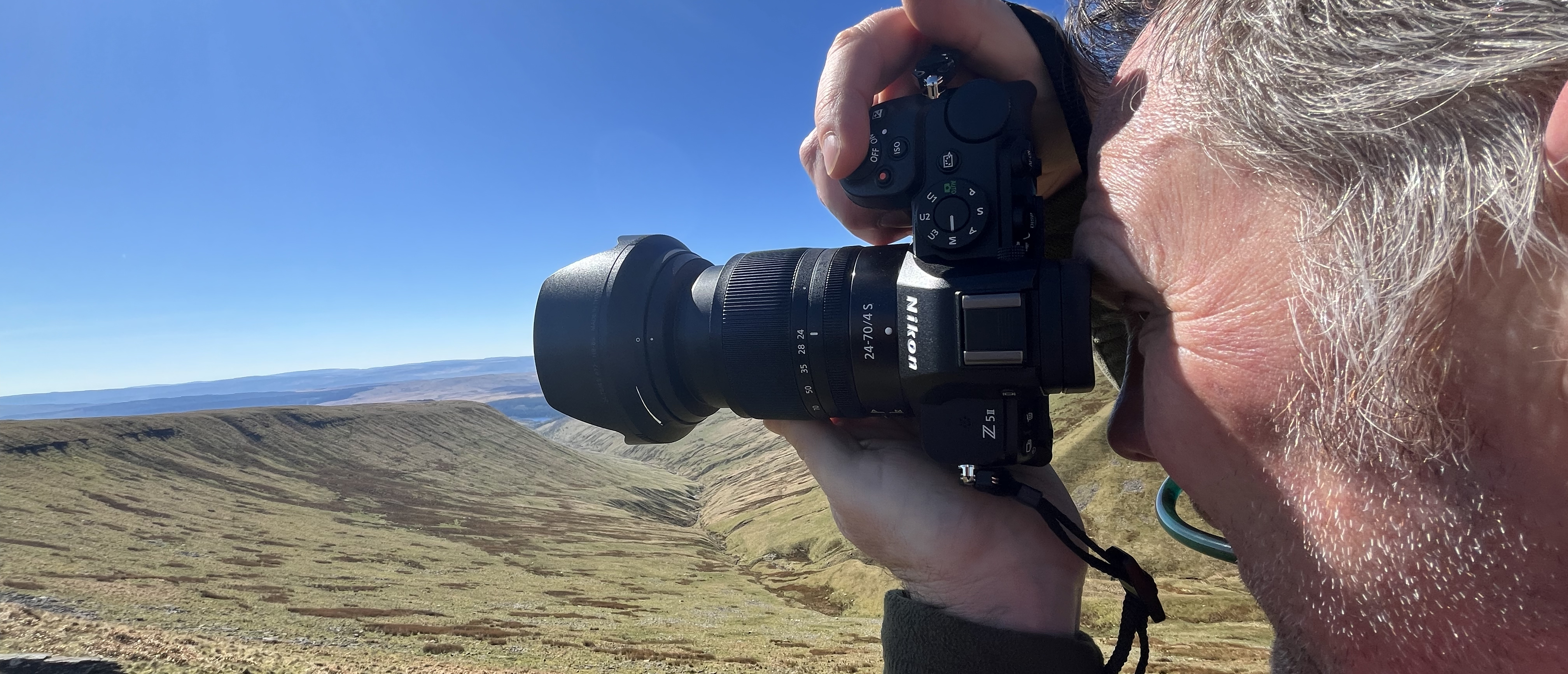Digital Camera World Verdict
DaVinci Resolve Studio 18 is the most comprehensive video editing software available, offering everything you could ever need and much more in a single program. Plus, the software brings with it some incredible new features that will save more advanced users a huge amount of time and effort. This is extremely powerful professional-grade software but comes at a reasonable price for a perpetual license with lifetime updates. And if you like the look of the DaVinci Resolve Speed Editor keyboard, you get a copy of Studio 18 thrown in, too.
Pros
- +
Competitively price, lifetime updates
- +
Industry-leading grading tools
- +
Editing, effects and audio mixing
- +
Free version also available
Cons
- -
Difficult to master
- -
Best with a powerful computer
- -
Too feature-packed for enthusiasts?
Why you can trust Digital Camera World
In the world of professional video editing software, there are three main players: Adobe Premiere, Apple Final Cut Pro and Blackmagic Design DaVinci Resolve Studio. All three program are used to edit Hollywood movies and television series, so none are lacking in features. But despite offering industry-leading color grading tools, a powerful built-in audio studio and a graphics suite for creating visual effects, DaVinci Resolve Studio is the least expensive option at $295/£306/AU$479 for a perpetual license with lifetime updates.
You can even take advantage of a free copy of DaVinci Resolve Studio when you purchase a Blackmagic Design camera or one of the DaVinci Resolve editing keyboards. The DaVinci Resolve Speed Editor is a specialist video editing keyboard featuring a jog wheel and includes Bluetooth connectivity alongside an internal battery.
These keyboards ultimately make editing quicker and easier, and at $395/£335/AU$645 with a copy of DaVinci Resolve Studio 18 included, you're getting the software for far less. There’s also a free version of the software, which has fewer features, but is still impressive with powerful colour grading tools and is ideal for less demanding users.
DaVinci Resolve Studio is a typical NLE (non-linear editor) with drag and drop functionality which is reasonably intuitive to learn. Using the software at a basic level isn’t particularly difficult, but being such a vast program, mastering it is much more difficult. DaVinci Resolve Studio offers all the tools you need to create professional videos, rather than requiring several different programs to cover each, so the editing workflow is incredibly streamlined.
Key features
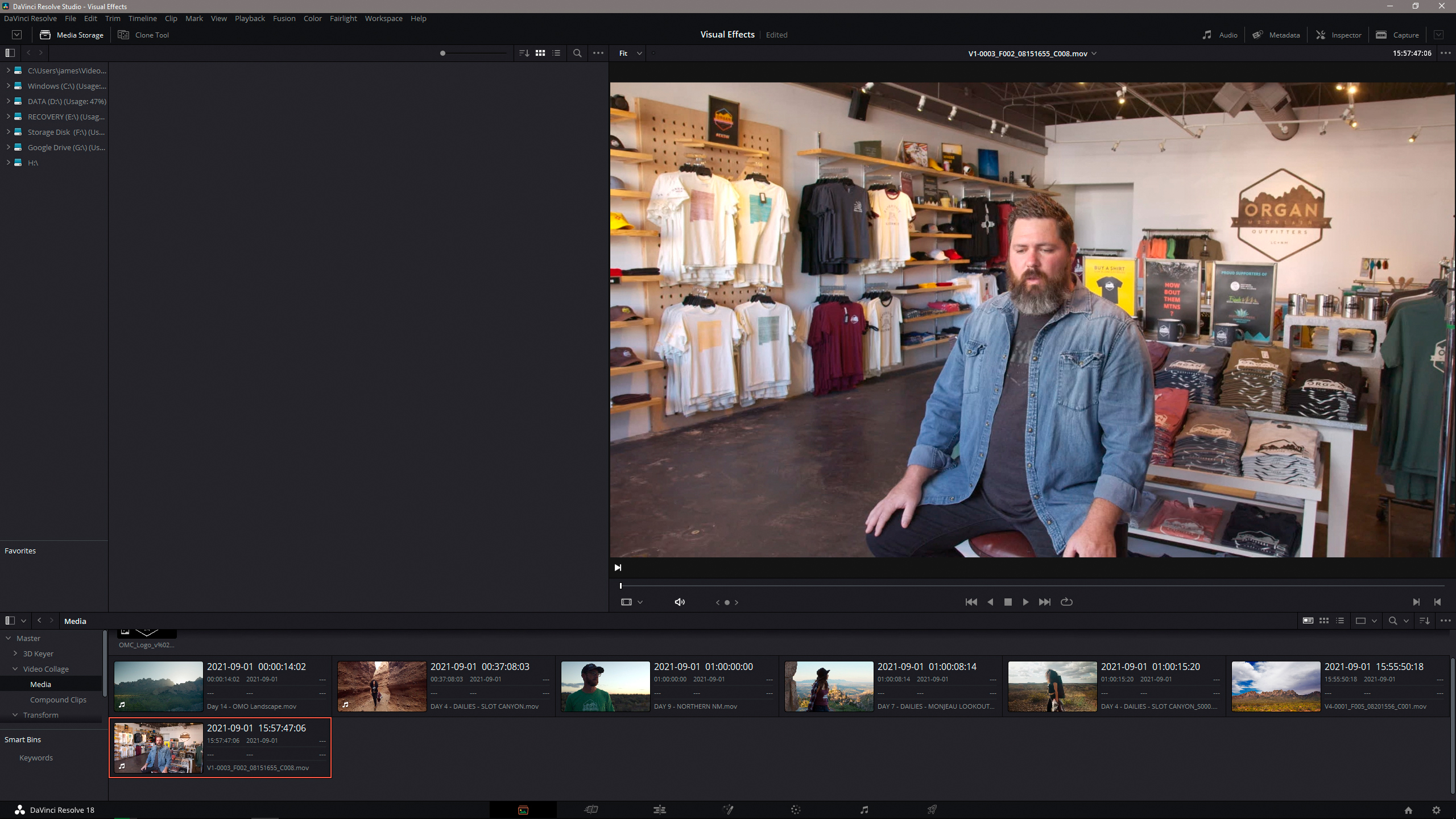
As you can already gather, DaVinci Resolve Studio offers all of the features you could ever need and much more. So, rather than focusing on the general features on offer, we’re going to dive into some of the new headline features available in Studio 18. The first new feature of note is geared towards a professional team workflow, which allows team members in different locations around the world to work together on projects.
The Blackmagic Cloud allows you to host project libraries on the DaVinci Reserve Project Server, allowing up to 10 people to collaborate as long as they have a local copy of the media. The cost is just $5 per month per project while it’s stored on the cloud server. There’s also a new Black Magic Proxy Generator App that makes it easier than ever to create, manage and work with proxy files which will be useful for some collaborative work, as well as speeding up editing performance, particularly on less powerful machines.
Another important new feature is that Multicam support has been increased from nine to 25 cameras, but the most impressive features of this release relate to tools that use DaVinci Resolve’s Neural Engine for AI-power tools to select, adjust and manipulate footage. These include the Object Mask that can track the movement of individual objects and people so effects can be added on, around or behind the object, alongside the ability to colour or adjust/optimize the object or person.
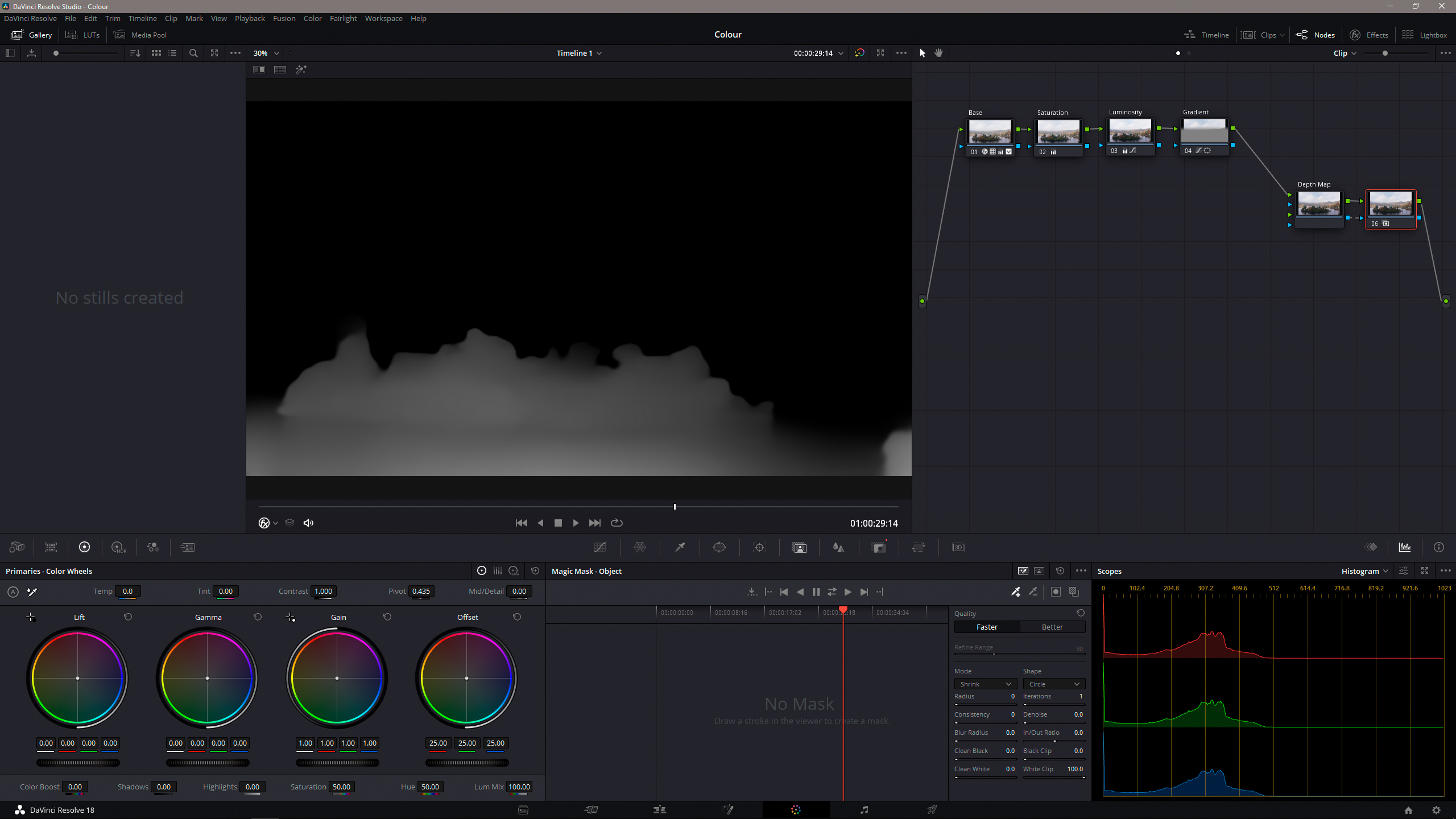
The depth Map can achieve similar results, but this maps the depth of the footage into foreground, midground and background, with the ability to adjust which part of the scene is highlighted for effects to be applied. Fast noise allows users to add noise-based effects such as adding smoke, and this is dynamic and changes according to the highlights and lighting in the video.
Then there’s the Surface Tracker, where a mesh guide allows you to select a contoured subject or part of a subject where effects or pixel-based elements fit seamlessly into the contours as the subject moves. All of these tools will save users hours, if not days of hard manual work but they do bring a steep learning curve since they’re advanced features.
Resolve FX Beauty has also been updated with the ultra beauty tool. This allows you to soften or harshen skin alongside being able to use it to recover detail. And while this is by name is aimed at skin and beauty, the tool can also be used on other elements including objects and backgrounds. Using this, and the other new features is truly mind-blowing because the tool’s effects are incredibly precise.
Interface and usability
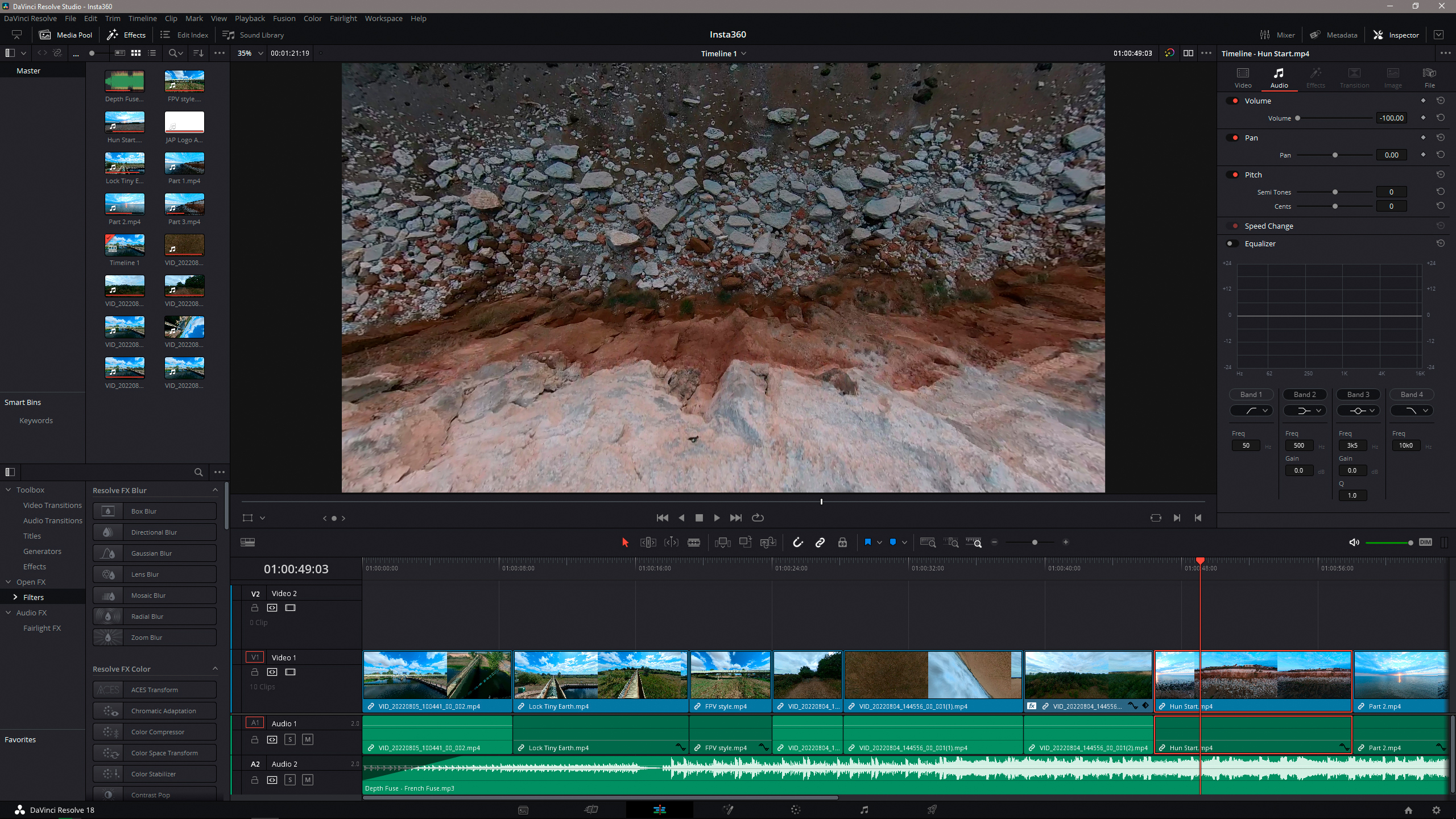
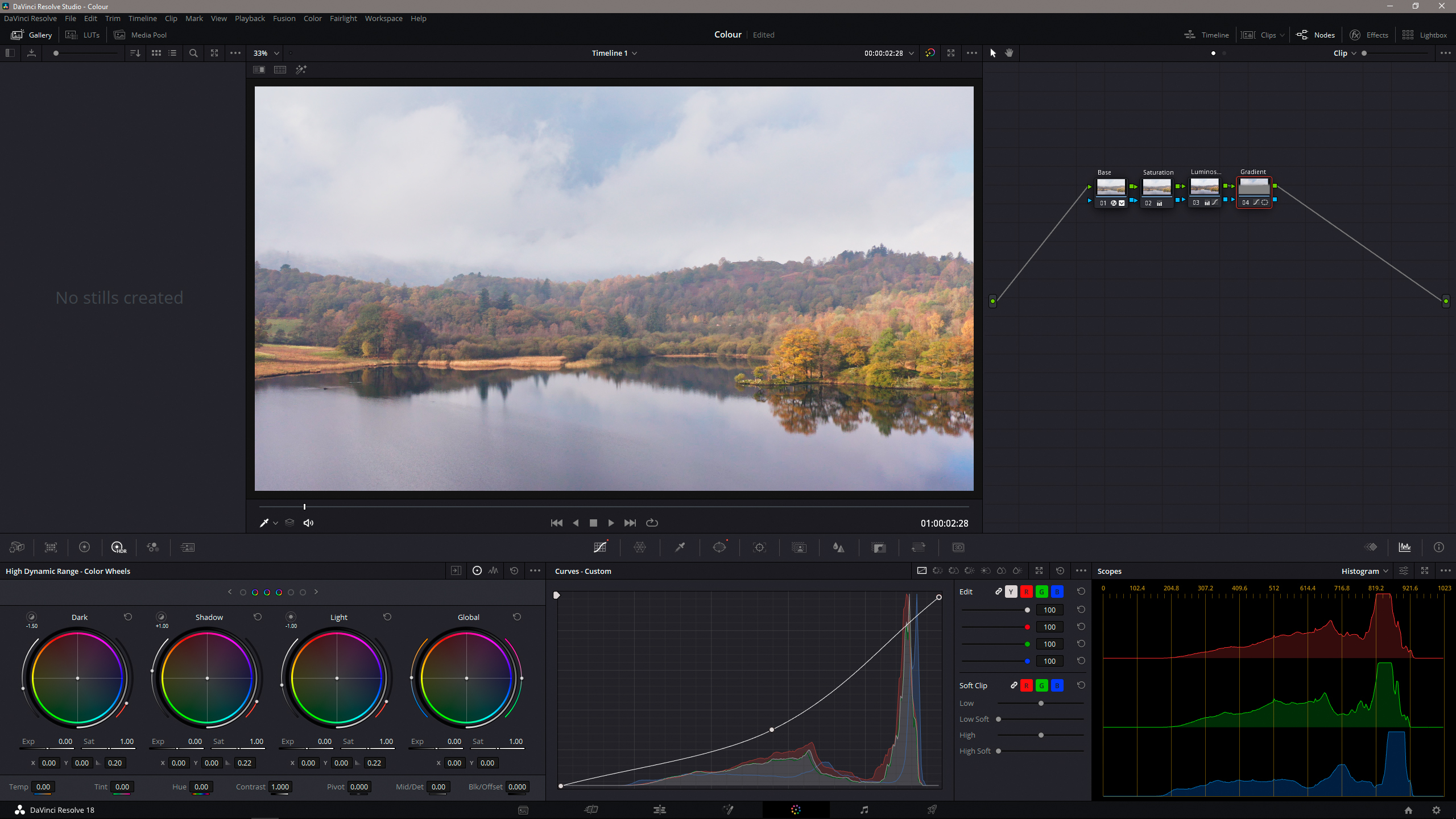
The DaVinci Resolve Studio interface is unique when compared to competitors because the software is split into ‘pages’, which are areas for performing different tasks. These are laid out intuitively in the order that users are most likely to need them for a logical workflow, although you can, of course, jump back and forth as required. At the most basic level, purely for video editing, Resolve Studio is no more or less difficult to use than its competitors, but taking advantage of all the features is much more complicated and involves a steep learning curve.
Resolve Studio pages include the Media page which is where you can organise video clips, audio clips and images etc. The Cut page is designed for fast editing and offers multi-camera editing, while Edit is a standard editing space with access to transitions and effects, and is the place where most people will feel at home for editing tasks.
Fusion is similar to Adobe After Effects and is the place where you can create cinematic visual effects and motion graphics, while Color is for video optimisation, colour grading and applying other effects. Fairlight is for powerful audio post-production suite where you can record, edit, mix, master soundtracks and much more. And finally, Deliver is the page for exporting completed projects.
Quality of results
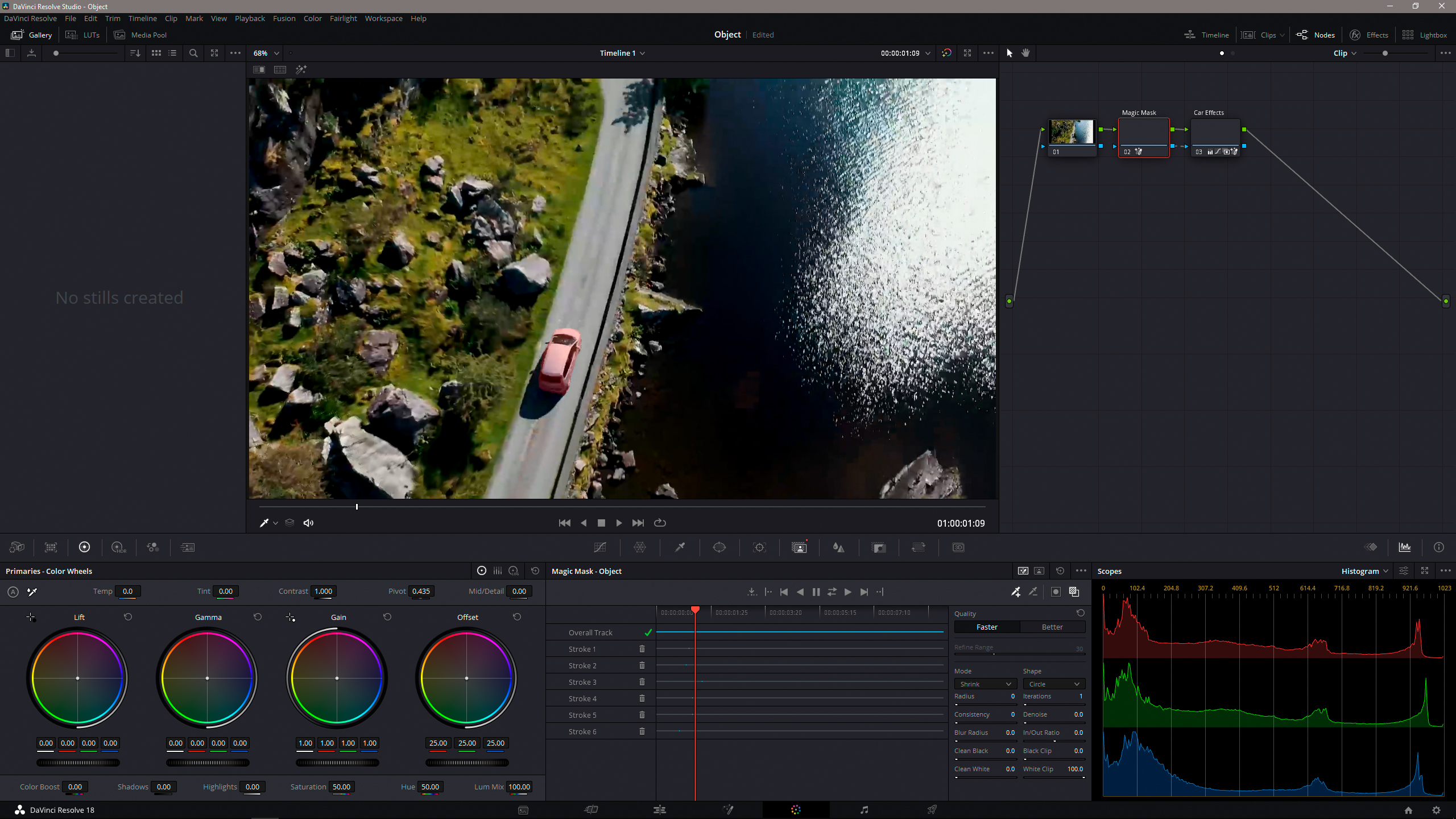
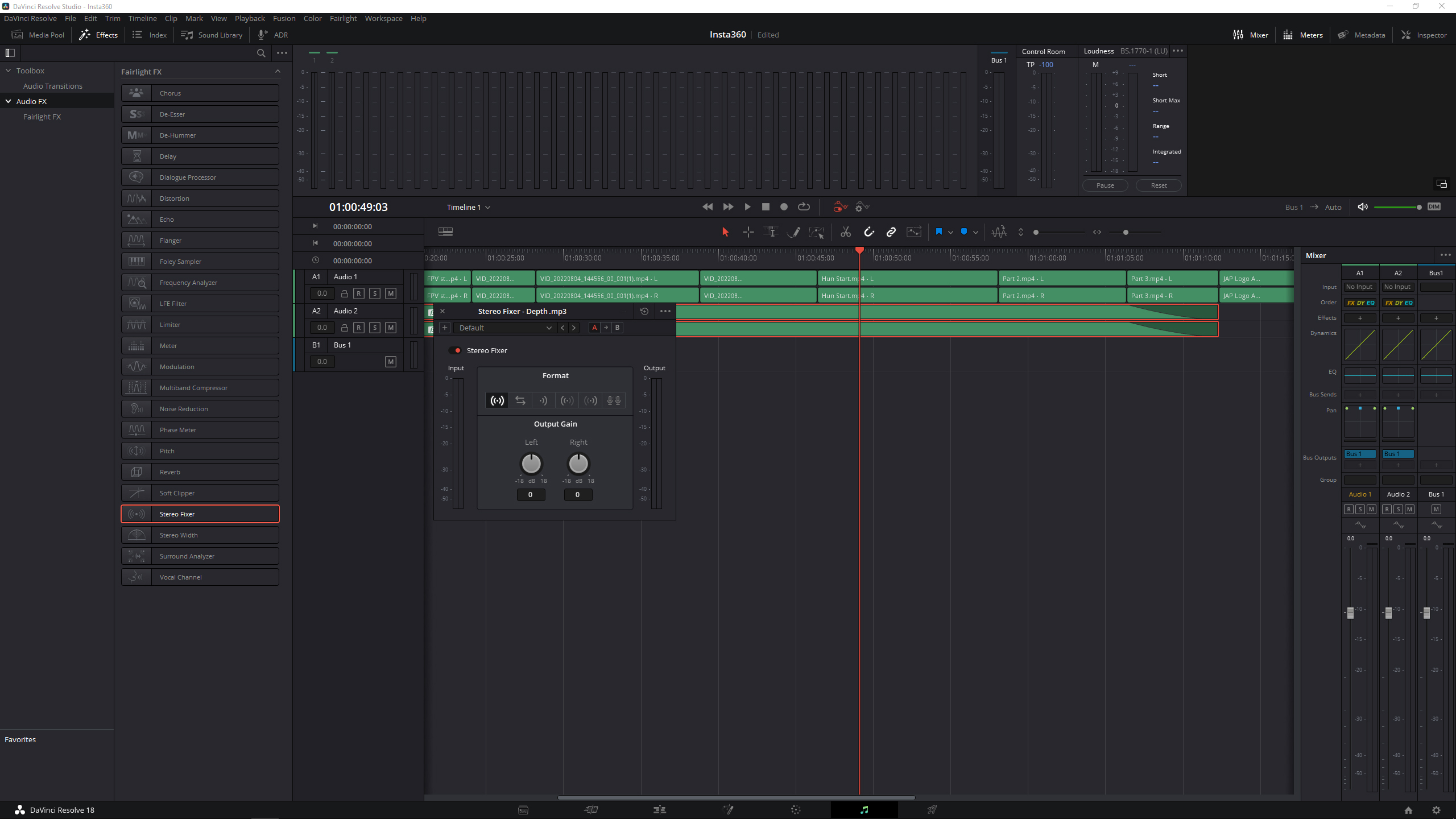
All video editing software requires a high-spec computer to run well, and DaVinci Resolve Studio is no exception. While the free version of the software has a few performance and output limitations, such as being limited to footage up to 4K (3840 x 2160) at up to 60fps, the Studio version is capable of handling up to 32K footage at up to 120fps. In a nutshell, you can enjoy support for AVCHD, AVC-Intra and H.264 using ALL-I intraframe encoding, as well as 10-bit encoding. Then there’s advanced HDR delivery in Dolby Vision and HDR10+ formats.
This level of processing requires a hefty amount of computing power, and where the free version is limited to hardware acceleration using a single GPU (graphics card), the Studio version can utilise multiple GPUs for additional processing power. Being software aimed at professional use where multiple large raw video files are in use, this is an essential feature of the software.
Hardware acceleration also brings with it more powerful effects and features not available in the free version, including many power-hungry Resolve FX. The fact that the software is used professionally for film and television is a testament to the quality of the effects, sound and editing control that can be achieved with the software.
Verdict
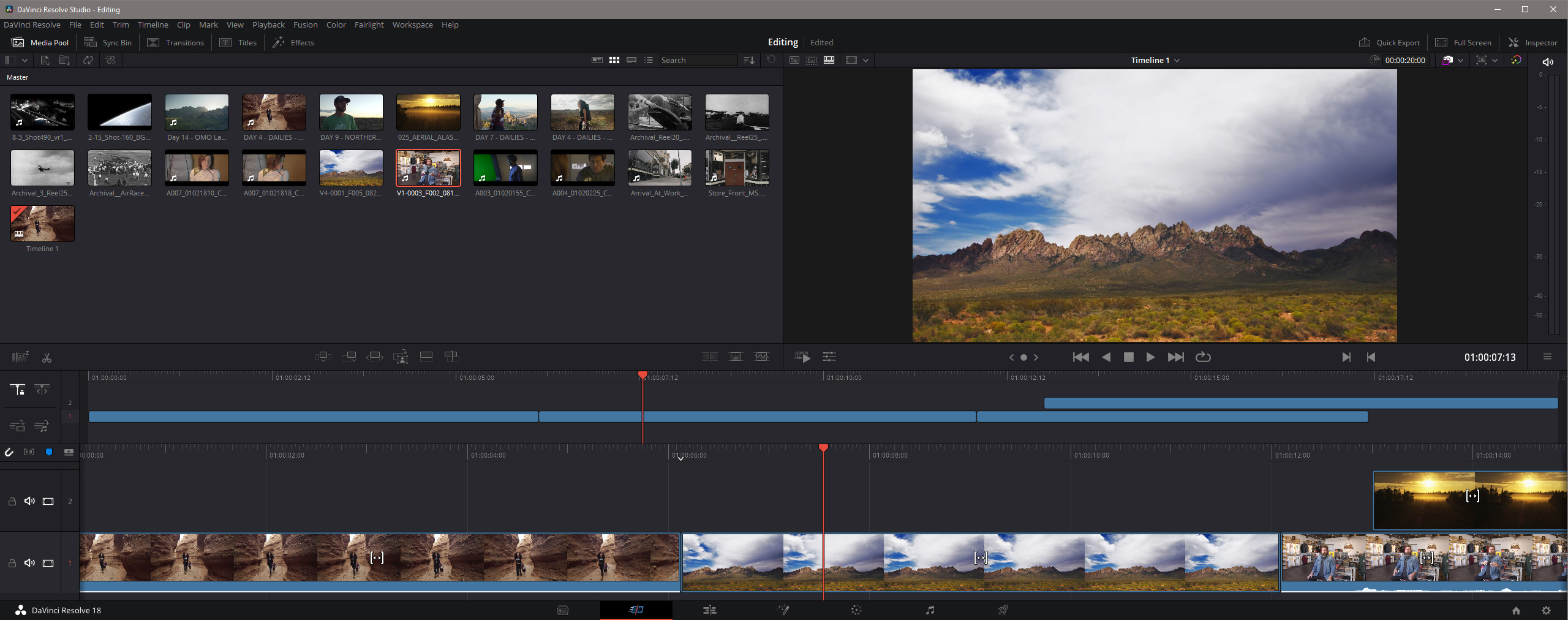
DaVinci Resolve Studio 18 is the most comprehensive video editing software available, offering everything you could ever need and much more in a single program. There’s very little that you can’t do with the software, and new features such as the collaborative tools, Object Mask, Depth Map and the Surface Tracker to name but a few are mind-blowingly powerful. These make selecting, adjusting and manipulating objects within video incredibly simple and can save a huge amount of time, overall.
There’s a lot to learn with this software beyond video editing and colour grading, but like any software, you can take or leave the features and functionality on offer to focus only on what you need. But if you do have the appetite for rolling up your sleeves and learning how to use all of the features, and the Blackmagic Design website has many video tutorials with downloadable assets, you can take full advantage of the most feature-packed video editing software available. And with a price tag of $295/£306/AU$479 for a perpetual license with lifetime updates, it’s an absolute bargain.
James Abbott is a landscape and portrait photographer based in Cambridge. He’s also an experienced photography journalist specializing in camera skills and Photoshop techniques. He is also a CAA-approved drone pilot and professional aerial photographer.

